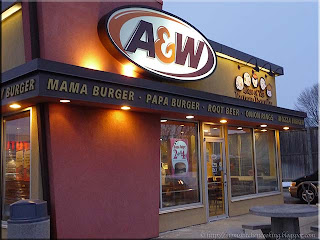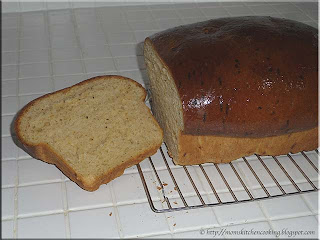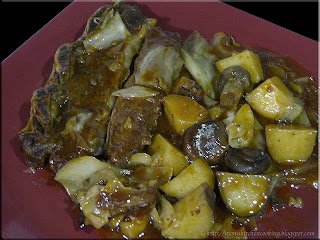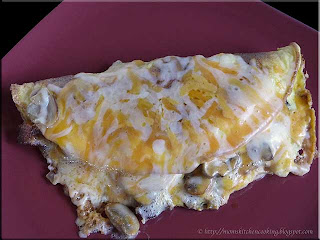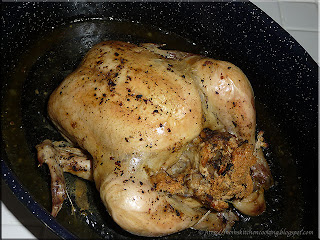
Restaurant portion sizes are often too large resulting in not being able to finish the full meal. Most restaurants will package the left over food in styrofoam clamshell take-out containers. Compounding the problem is some restaurants put these containers into plastic bags for easy carry-out. We try to eliminate these types of containers as much as possible in our quest to make our frugal kitchen eco-friendly. Our recyclers won't take the containers so they end up being sent to the landfill. The second problem with these clamshell containers is they don't seal tightly allowing foods to deteriorate quickly if not used the following day resulting in food spoilage. Not bringing home the unfinished meal is wasteful of both food and money. Today's Frugal Kitchens 101 discusses how I solved the restaurant doggie bag problem.
What I have noticed is many restaurants have resorted to bringing out the container for you to put your leftover in rather than take the plate to fill the container themselves. That sparked an idea that works quite nicely. I carry the following with me in the car so they are handy if we decide to stop to eat where we know there will be leftovers:
- three plastic Rubermaid® Lock-its (1 - 5 c container, 2 - 3 c containers) - The 5 c size is perfect for holding the two halves of the huge burger we enjoy from our favourite pub. The 3 c size is perfect for the majority of any other leftovers like spaghetti. I carry the appropriate container into the restaurant in my purse. Plastic is best for this purpose as well as a secured lid. So far I have not had a problem doing this. I think what helps is when the waitress asks if we would like a take-out container I tell them we avoiding disposable containers so brought our own container.






